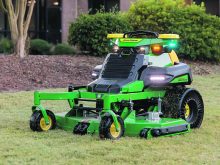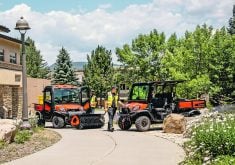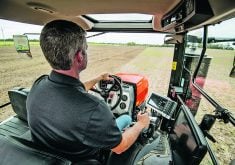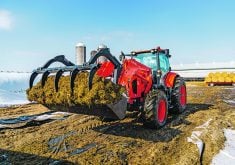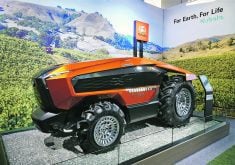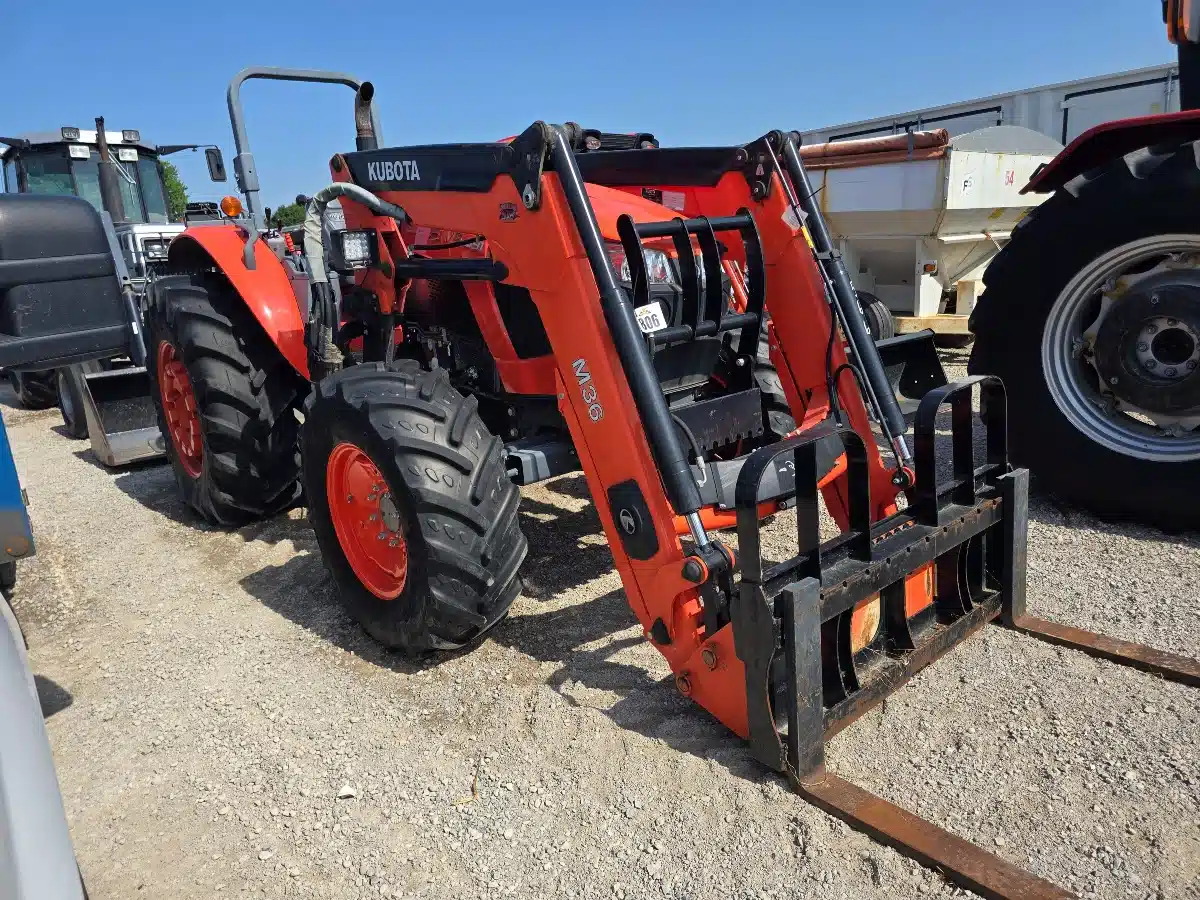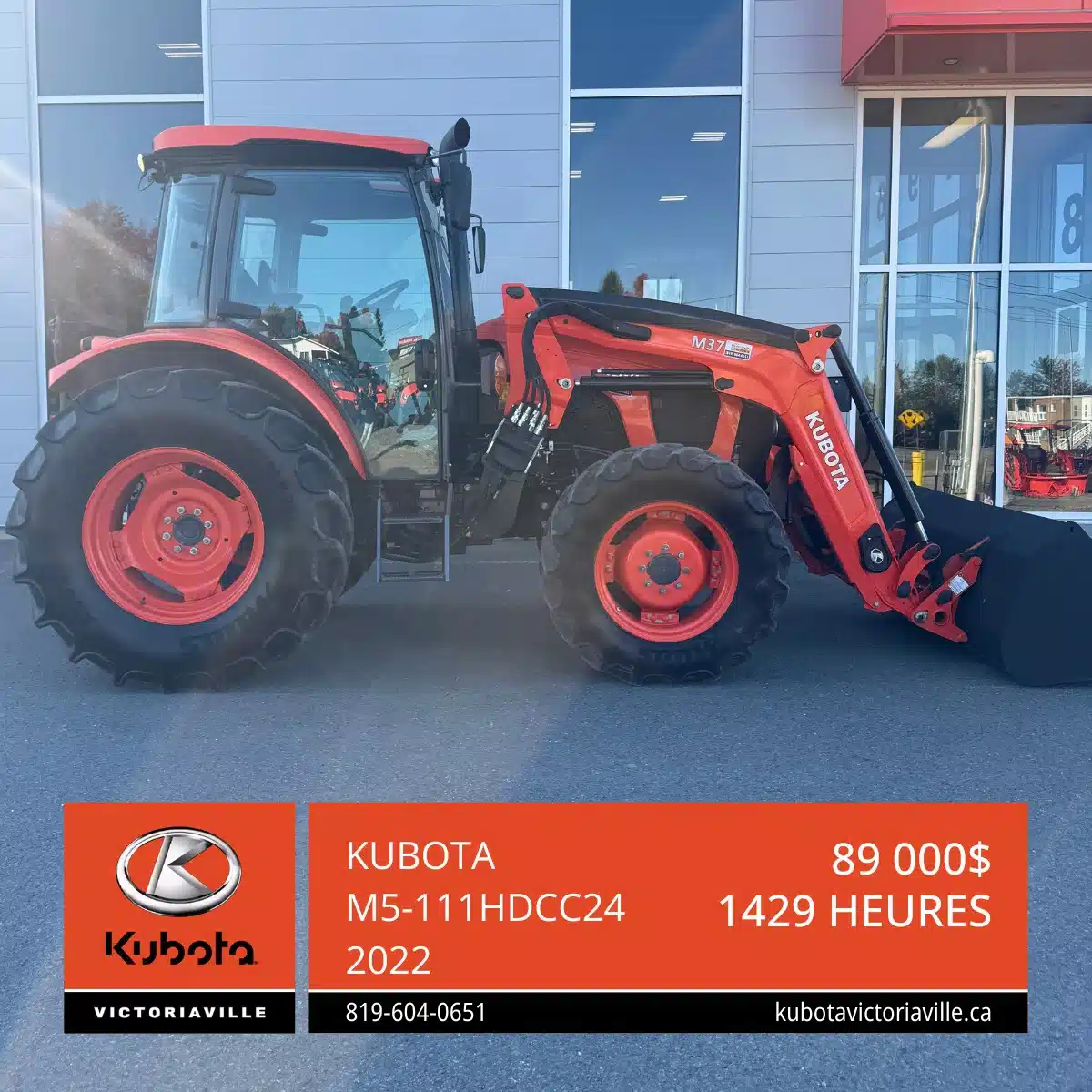Kubota made its second official appearance at the Consumer Electronics Show in Las Vegas in January, and it had a lot more technology to showcase, including one machine, the autonomous off-road KATR, which garnered the brand a Best of Innovation award at the show.
“Last year was our first year at CES, really exposing what’s going on inside Kubota on development,” says Brett McMickell, Kubota North America’s chief technology officer.
“But I think this award really says a lot about what’s going on in the ag tech sector. I hope it brings more attention and people into ag tech from the universities as well as other partners. This goes to why we were there last year and why Kubota participates in CES.”
Read Also
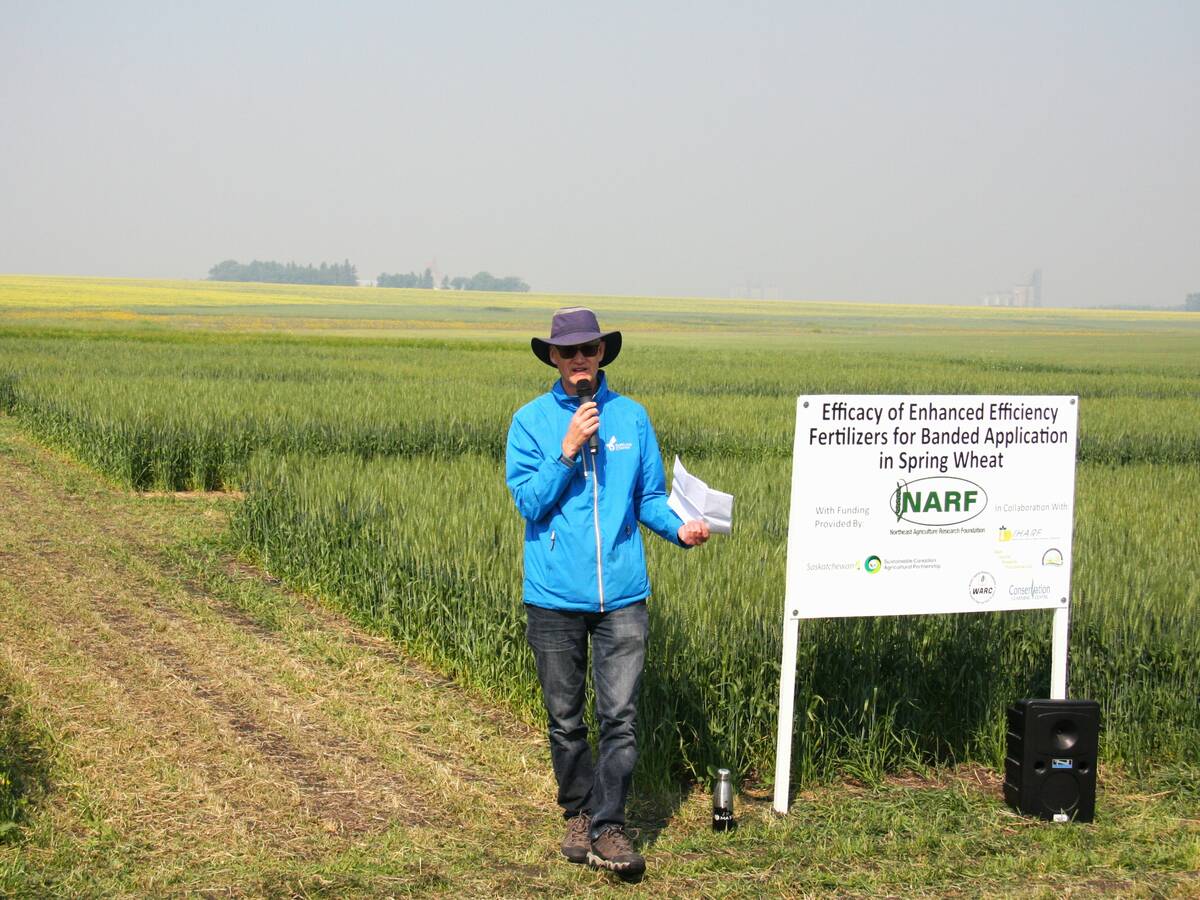
Fertilizer method’s link to emissions studied
A researcher says others studying greenhouse gas emissions aren’t considering how the loss of nitrogen into the atmosphere correlates with fertilizer application or if there is an impact to yield.
The KATR was designed to be a versatile platform capable of carrying out a number of field functions, such as scouting, assessing plant health and basic transportation in vineyards and orchards. It can also be used on construction sites or other off-road settings.
“At its core is an independent suspension on four wheels and it has two wheels in the centre to make sure it doesn’t get high centered,” says McMickell.
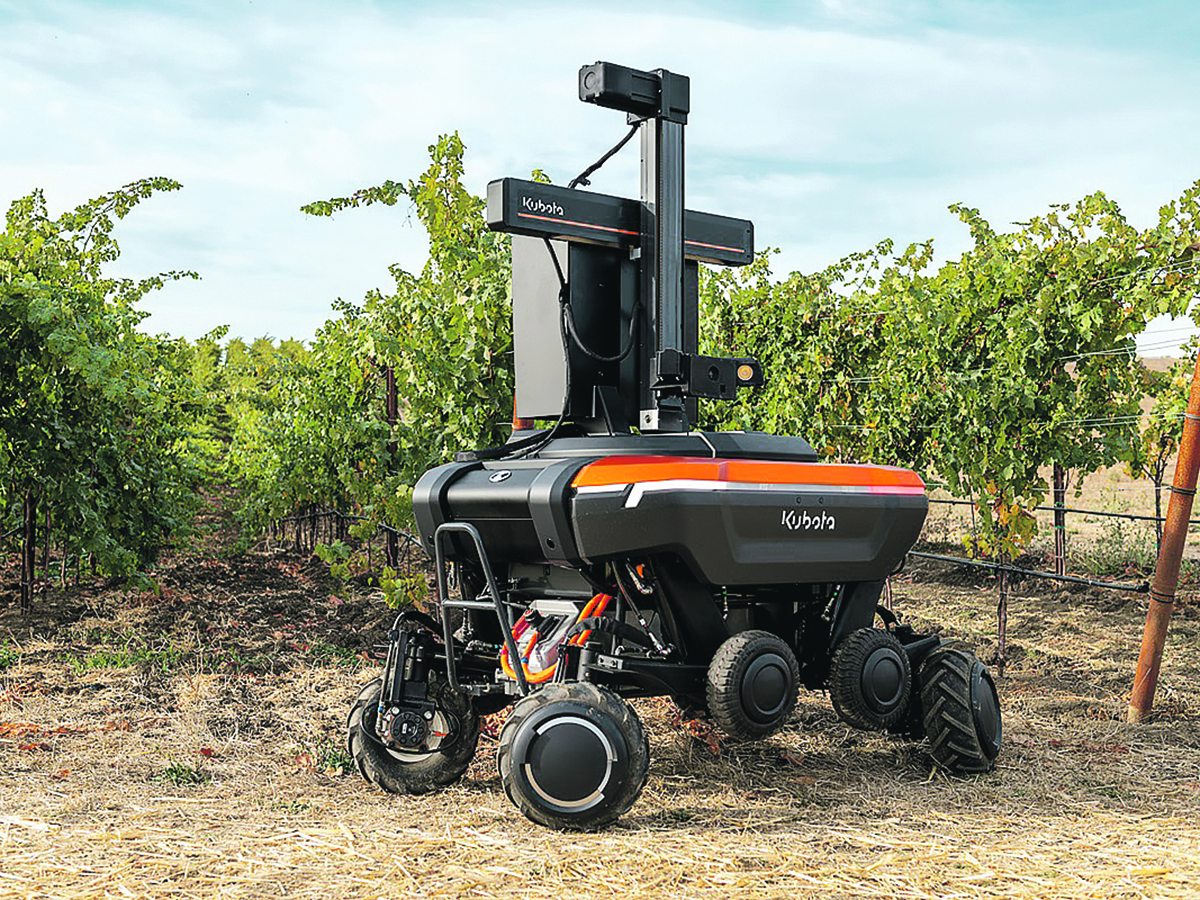
“The purpose of the independent suspension is it allows the platform to remain stable, even in off-road environments.”
The KATR is scheduled for commercial release in Japan in the first quarter of this year, but its potential applications in North America are still being studied. Showing it at the CES was, in part, intended to help collect potential customer feedback, something McMickell says is an important part of how Kubota develops and introduces new products.
“In this innovation loop it’s working with the customer, understanding their needs, going off and designing something, bringing it to market and then we iterate on it. This is what we’ve done on a couple of different machines, KATR being part of that.
“We’re conducting studies right now. We haven’t set a firm launch date for North America. We have systems over here. We’ve been doing a bunch of tests in different settings. We’ve got some pretty good ideas about value that can be shown to the customer besides just material transport. So we’re exploring those before we launch in North America.”
He cites the compact EV Agri Concept 2.0 tractor that Kubota is also displaying at the show this year as another example of how the company looks for customer feedback and responds to it.
Last year, the original compact utility Agri Concept tractor debuted as a fully autonomous unit without an operator station, but customer feedback overwhelmingly disapproved of the design, so Kubota re-engineered it.
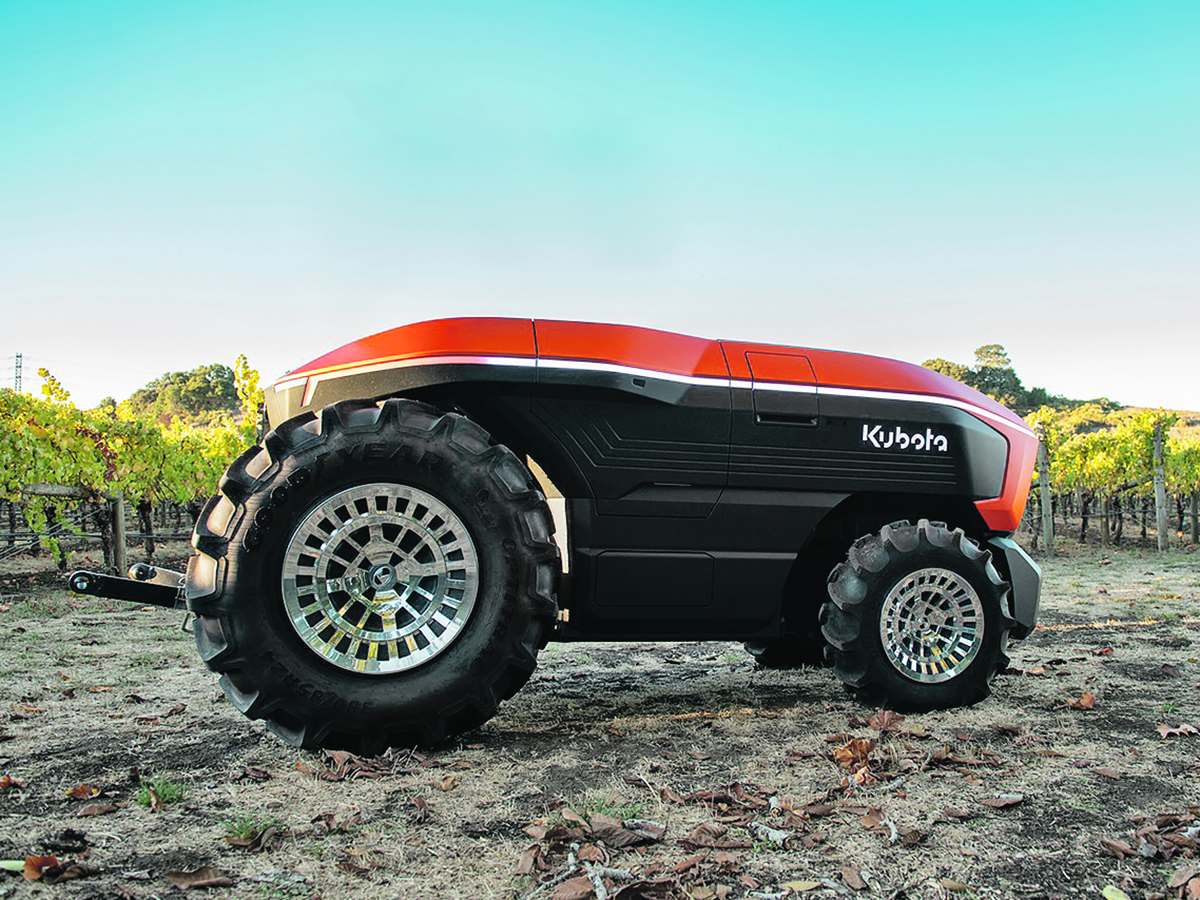
“Our customers said, ‘you know what, I really enjoy driving Kubota vehicles, but you guys removed the cab. I want the cab back. You’re taking away some of my enjoyment. Utility tractors are used for a bunch of things on the farm and I want to be able to have manual control of the vehicle.’
“So this year we’re showing what we call the Agri Concept 2.0. We’re showing the ability to go autonomous as well as drive it manually.”
Among the other Kubota advanced technology machines on display are the Smart Autonomous zero-turn mowers that can work together as a group, the Smart Autonomous Sprayer that scouts to identify pests and then sprays accordingly, and the Smart Plant Imager that uses a hyper-spectral imaging camera to capture real-time plant data.
“We intend to go beyond just a vehicle in providing real solutions,” says McMickell.
“And the way we’re dong that is by solving a complete work cycle. Rather than develop technologies independently, we’re working with the customer to find out what the real need is, providing AI to provide recommendations, so it’s not just about data. And then combining that with autonomy so they can act effectively. We’re bringing all of this together, and that’s what we mean by a solution.”
Kubota recently acquired Bloomfield Robotics, which gave the company an AI-based stereo camera system. One of its uses is to collect information in both quantity and ripeness of blueberries or grapes as well as do a general assessment of plant health and detect disease.
“So you can imagine combining all of those,” McMickell says.
“We can do an assessment on plant health, provide a farmer with recommendations and now we have the ability to act through an autonomous spray. So you can close that complete loop. We’re doing that for several different tasks for several different areas from agriculture to construction to our residential.”






